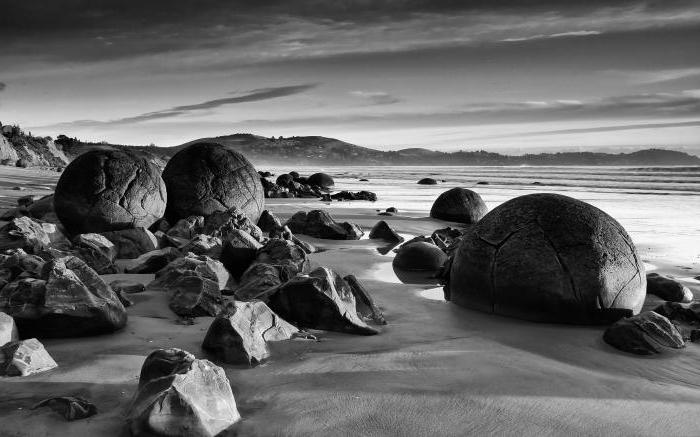Nature is an amazing, mysterious external world, obeying the laws that have been formed over many millions of years. The definition of the word "nature" is interpreted by scientists in different ways, but its essence is primary. Nature was not created by man, and it should be taken as a given. And even shorter, nature is an amazing and multifaceted world around.
How are stones destroyed and why is this happening? Answers to these questions can be found by reading this article.
general information
Most of the changes in the surrounding landscape are not immediately noticeable. The process of destruction in natural conditions is very slow, but it necessarily exists. What just does not happen in nature! The processes are the most amazing and diverse, among which there are inexplicable ones.
In nature, over time, literally everything collapses, including stones, which, it would seem, are such strongholds. As a result, everything turns into a completely different state and in other forms.
About the stones
Before an answer is given to the question of why stones are destroyed, one should know what a stone is and what properties it has.
Stones are solid bodies. They are scattered everywhere, they can be seen everywhere. Moreover, there are stones small and large, of regular shape and indefinite, smooth and with a rough surface. They cover almost the entire earth's surface, including the underwater part.
Impact on environmental stones
How are stones destroyed in nature?
- On sunny warm days, the stones heat up, and at night they cool. Accordingly, they periodically expand and contract. Moreover, in some places the heating is strong, in others - weaker. It turns out that both expansion and contraction are uneven. For these reasons, cracks appear in the stones, where water gets, which freezes in frosts, and expands even more. The ice presses against the walls of the cracks with great force, and the stones break into smaller pieces, in which the same process is repeated. Under the influence of this factor, the destruction of stone most often occurs.
- How are stones destroyed by wind? The wind, especially strong, is able to blow small particles from the surface of hard stones. During a period of strong storms, the wind carries a huge number of small particles of sand, which, hitting the stones, treat their surface like sandpaper. Also, seeds of plants can grow into cracks, which eventually grow directly in them. Sprawling roots further expand existing cracks and break stones. After many hundreds and thousands of years, and at the very foot of huge rocks, placers of smaller stones appear. All this is the result of wind erosion. Exposure to wind is the weakest factor affecting stone destruction.
- How are stones destroyed by water? After rains and snow melt, and in rivers and streams, streams of water pick up stones and roll them over, transferring them at different distances. The stones are rubbed together and on the ground and crushed. They can turn gradually into clay and sand.

Other processes affecting the destruction of stones
How are stones destroyed by other natural phenomena? Chemical weathering also exists in nature - reactions that occur between chemical elements that can damage stones. The main force is water and oxygen, formed during the interaction of alkali and acid.
There is also biological weathering. It is due to the action of animals and plants. They either by personal participation (for example, eating a germ that breaks through a stone), or due to the participation of products of their metabolism (chemical active substances are added, and their subsequent action falls under another definition - chemical weathering) affect the rate of stone destruction.
Conclusion
How are stones destroyed? All this happens due to the action of water, the sun, wind, temperature differences, plants and other biological and chemical substances.
Absolutely everything in nature is affected by the above phenomena. Mountains, rocks, cliffs, boulders, stones and even sand change shape and size over time. But the most destructive in nature is still time. It alone has power over all this, and the forces of nature are just an instrument. Of course, one cannot exclude human economic activity, which is the main artificial cause of the destruction of rocks, including stones.